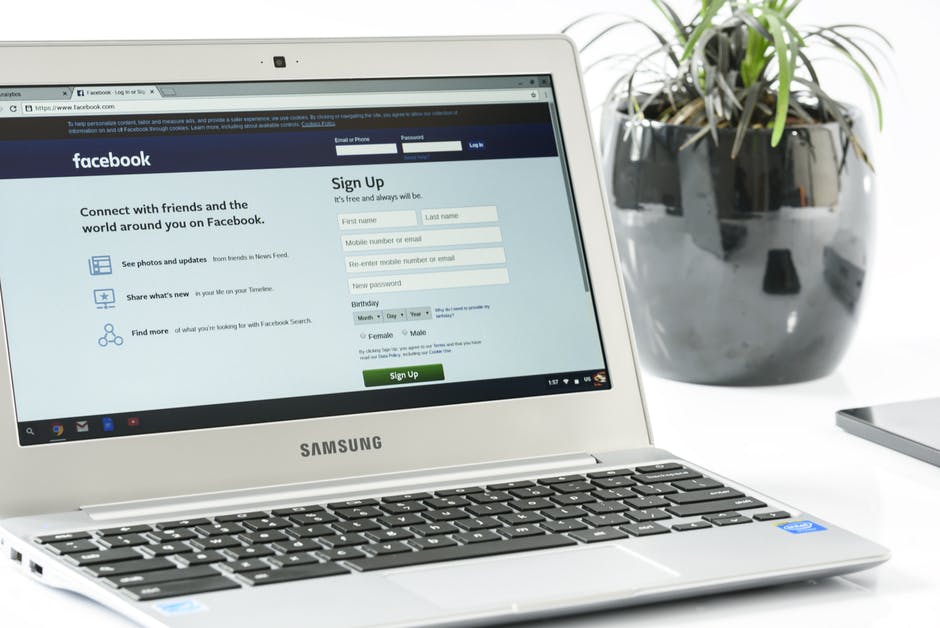
When you’re trying to increase revenue at your family entertainment center remember this one thing: Everyone is on Facebook. With over 2 billion active users Facebook is a powerful social media platform you can leverage to attract guests.
But Facebook doesn’t want to give their audience away for free.
Along with being a social platform, Facebook is also a top-notch advertising tool which, when used correctly, can grow your business quickly. Building better Facebook audiences is instrumental to success. Here’s how you do it.
Install the Facebook Pixel
First things first, make sure you have the Facebook Pixel code installed on your website. Along with the base code, be sure to set up event codes on your landing pages and product pages to capture each action your customer takes on the site.
What does this do? It lets you build audiences targeting users who have visited specific pages or taken specific actions, perfect for use in retargeting campaigns. If you’re using Google Chrome, be sure to install the Facebook Pixel Helper plugin to confirm the Pixel code on your site is working properly.
Start With Customer Lists
After getting your Pixel set up, start by uploading customer lists into your Facebook Asset Library. Using lists of current customers is a great starting point for building better audiences, and they can be used for highly targeted ads if you’re running campaigns offering previous customers a special deal.
Use Facebook’s Lookalike Audiences
Have a list chock-full of customers who perfectly fit one of your personas? Upload it into Facebook and use their lookalike tool. Facebook’s lookalike audiences are built using either a list of customers, website visitors, page fans, location, and similarity.
After selecting that perfect list of customers, choose which countries to target, and lastly what percent of the population the list should be comprised of. The similarity percentages range from 1% to 10%, with 1% being the most similar to the source audience. This is a powerful tool to reach the people most similar to your customers. If you have a lookalike audience you can use, do it.
Do Your Research
Before going to town and building audiences, take some time and research your demographic. Whether using Google Analytics or Facebook’s Audience Insights tool, you can learn a lot about your website visitors or Facebook page fans. Keep an eye on what your demographic has in common such as interests, location, language, work, etc….
Don’t jump the gun, however. Just because 100% of your demographic likes Dwayne “The Rock” Johnson, doesn’t mean using that interest as a targeting tool for new customers will increase birthday party bookings. Take your time, learn your target market, and be able to understand which similarities are key.
Narrow Your Saved Audiences
When building saved audiences and using detailed targeting options, such as work, income, or interests, make sure to narrow your audience. Narrowing your audience is essentially saying the audience you’ve built must match at least one of the criteria in one section AND at least one in another. You can narrow an audience multiple times, but the key to narrowing your audience is grouping similar targeting details in the same segment.
Test Multiple Facebook Ad Audiences
Nobody knows your audience better than you, but that doesn’t mean the first audience you create will be a home run. No matter how much research you do, how much time and effort you put into creating a brand new audience, you don’t know if it will actually perform well. This is where testing comes in to play.
Put those new audiences you’ve created to work against each other and see which one performs the best with multiple ad variations. Testing only one audience is doing yourself a disservice and makes building a successful campaign much harder.
Be Sure to Review Your Audiences
The last piece of the puzzle is using the information you’ve gathered from running your campaigns to determine which audiences performed the best and how you can optimize them.
Keep these questions in mind when reviewing your audiences:
- Which audience performed best?
- Why was that audience successful?
- How can we make it even better?
One metric to be constantly aware of is frequency. You don’t want to fatigue your audiences and constantly fill their Facebook and Instagram feeds with your ads. It’s easy to get complacent when you start to see results, but that doesn’t mean it couldn’t be better. Stay on your toes and update your audiences regularly.
Need some help building your audiences? Get in touch with our Facebook Ads team. We love this stuff.